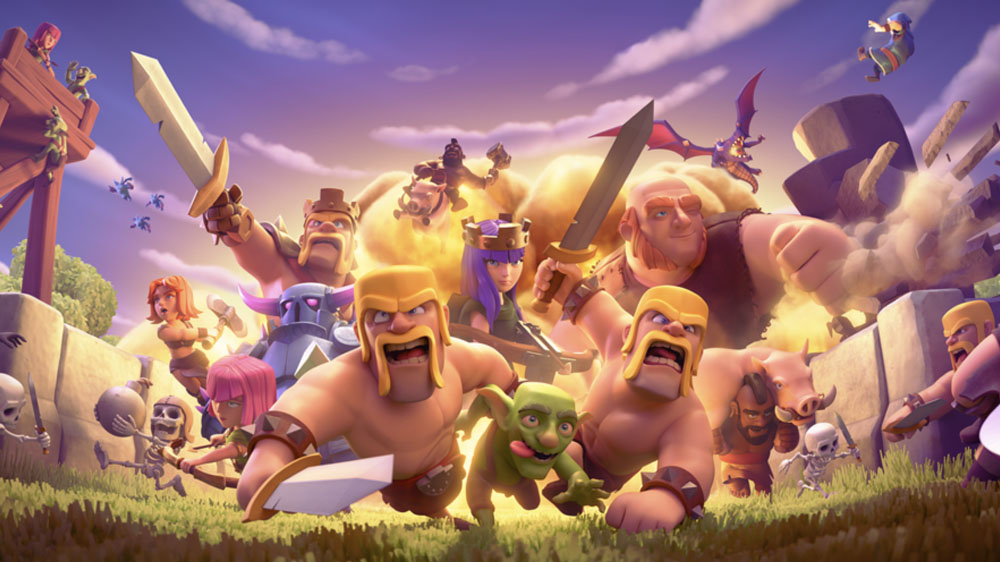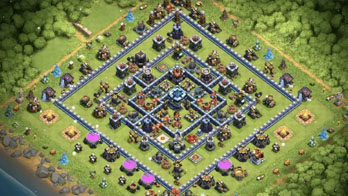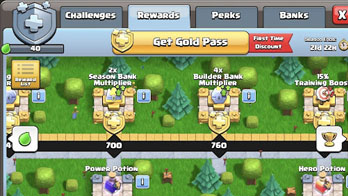
The Legendary Village: A History of Clash of Clans
Since its release in 2012, Clash of Clans has been more than just a mobile game—it has become a global phenomenon. Developed and published by Supercell, this free-to-play strategy game has built an enduring legacy on a foundation of city-building, strategic warfare, and a vibrant social community. From its humble beginnings to its position as a top-grossing app, let's take a look back at the history of a game that defined a generation of mobile gaming.

The Rise of a Village Chief
Inspired by games like Backyard Monsters and Travian, Clash of Clans was born. Released for iOS in August 2012 and for Android in October 2013, the game's core concept was simple yet addictive. Players become the chief of a village, tasked with building it from the ground up, gathering resources like Gold and Elixir, and training troops to attack other players' villages. The art style, initially more cartoon-based, was adjusted to appeal to a wider, more "hardcore" audience, setting the stage for its iconic aesthetic.
The Power of Community: Clans and Clan Wars
What truly cemented the game’s success was its social component. Players could form "clans"—groups of up to 50—to support each other with donated troops, advice, and, most importantly, to participate in Clan Wars. These wars became the game's strategic centerpiece, where clans battled for stars over a Preparation Day and a War Day. This feature created a deep sense of community and competition, leading to the later introduction of Clan War Leagues in 2018, which allowed clans to fight their way through a promotion and relegation system.

An Ever-Evolving Battlefield: Major Updates and Innovations
Over the years, Clash of Clans has consistently evolved with major updates that kept the game fresh and engaging.
* Builder Base (2017): This update introduced a second village on a new island, with its own unique buildings and a reworked attack system.
* Clan Games and Magic Items (2017): Players could now work together to complete tasks and earn rewards, including "Magic Items" that could instantly complete upgrades or boost troops.
* Clan Capital (2022): This update introduced a massive base that the entire clan could contribute to building, with new troops and defenses to battle other clans during "Raid Weekends."
* Streamlined Gameplay (2022-2025): Supercell made major quality-of-life improvements, including making troop training free in 2022 and, in a landmark 2025 update, removing all troop training and hero recovery times.
The game also continuously expanded its universe with new powerful units and buildings, such as Super Troops, Heroes, Siege Machines, and Pets, all of which added new layers of strategy for players at higher levels.

A Marketing Powerhouse and Cultural Phenomenon
Supercell's marketing for Clash of Clans was as ambitious as the game itself. The game's 2015 Super Bowl commercial featuring Liam Neeson parodying his character from Taken was a massive hit. The game's universe was also expanded through the animated web series Clash-A-Rama! and high-profile collaborations with celebrities like singer JJ Lin and footballer Erling Haaland, who was featured as a temporary playable character. A recent announcement in May 2025 revealed that a show based on the game is even in development with Netflix.

The Universe Expands (and Contracts)
The success of Clash of Clans led Supercell to create a shared universe with spin-off games. The first, Clash Royale, was a huge success in 2016. However, not all ventures saw the same success. Three other games—Clash Quest, Clash Mini, and Clash Heroes—were announced in 2021 but have since had their development terminated, with elements from Clash Mini being brought to Clash Royale and Clash Heroes being replaced by a new project called Project R.I.S.E.. This shows Supercell's commitment to quality and willingness to pivot.
A Legacy of Success
From a commercial standpoint, Clash of Clans has been a juggernaut. It became one of the top-grossing apps on both the App Store and Google Play, generating over $6.4 billion in revenue by 2018. More than a decade after its initial release, the game remains in the top 50 grossing apps, a testament to its compelling gameplay and lasting appeal. Clash of Clans didn't just become a game—it became a platform, a community, and an enduring piece of mobile gaming history.


